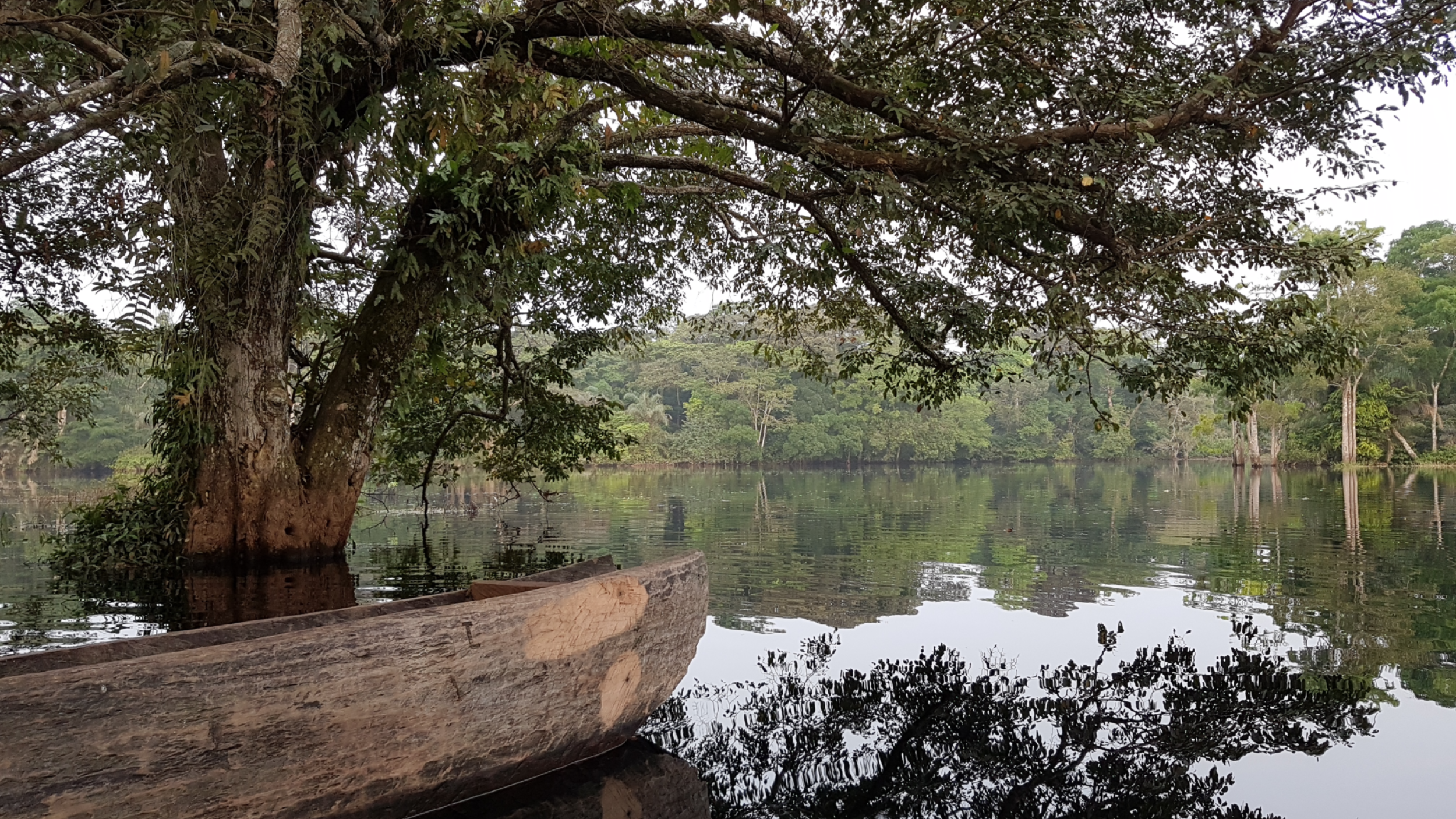Allometric equation for Raphia laurentii De Wild, the commonest palm in the central Congo peatlands
Author
Publication date
Region
Country
Type
Language
Abstract
The world’s largest tropical peatland lies in the central Congo Basin. Raphia laurentii De Wild, the most abundant palm in these peatlands, forms dominant to mono-dominant stands across approximately 45% of the peatland area. R. laurentii is a trunkless palm with fronds up to 20 m long. Owing to its morphology, there is currently no allometric equation which can be applied to R. laurentii. Therefore it is currently excluded from aboveground biomass (AGB) estimates for the Congo Basin peatlands. Here we develop allometric equations for R. laurentii, by destructively sampling 90 individuals in a peat swamp forest, in the Republic of the Congo. Prior to destructive sampling, stem base diameter, petiole mean diameter, the sum of petiole diameters, total palm height, and number of palm fronds were measured. After destructive sampling, each individual was separated into stem, sheath, petiole, rachis, and leaflet categories, then dried and weighed. We found that palm fronds represented at least 77% of the total AGB in R. laurentii and that the sum of petiole diameters was the best single predictor variable of AGB. The best overall allometric equation, however, combined the sum of petiole diameters (SDp), total palm height (H), and tissue density (TD): AGB = Exp(−2.691 + 1.425 × ln(SDp) + 0.695 × ln(H) + 0.395 × ln(TD)). We applied one of our allometric equations to data from two nearby 1-hectare forest plots, one dominated by R. laurentii, where R. laurentii accounted for 41% of the total forest AGB (with hardwood tree AGB estimated using the Chave et al. 2014 allometric equation), and one dominated by hardwood species, where R. laurentii accounted for 8% of total AGB. Across the entire region we estimate that R. laurentii stores around 2 million tonnes of carbon aboveground. The inclusion of R. laurentii in AGB estimates, will drastically improve overall AGB, and therefore carbon stock estimates for the Congo Basin peatlands.


